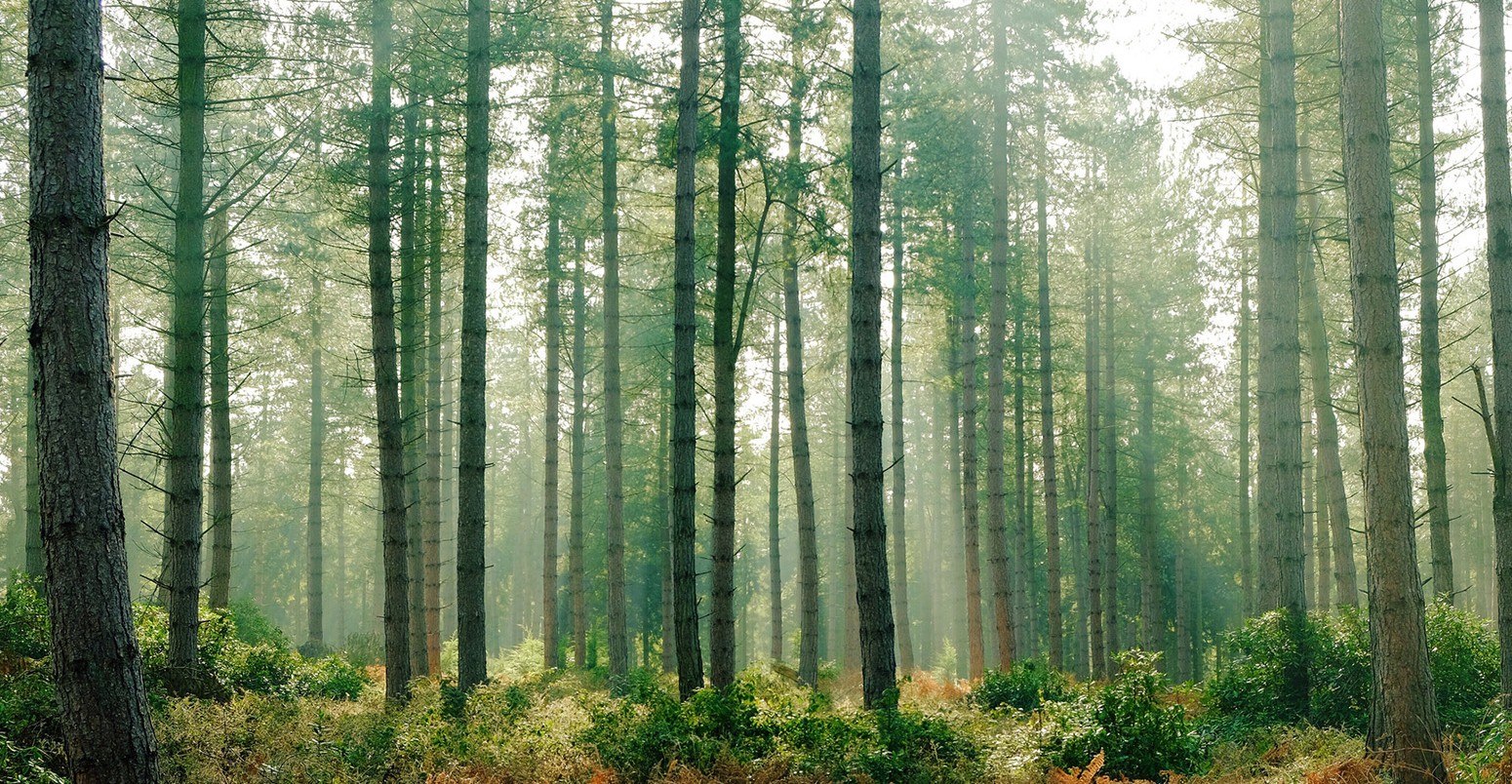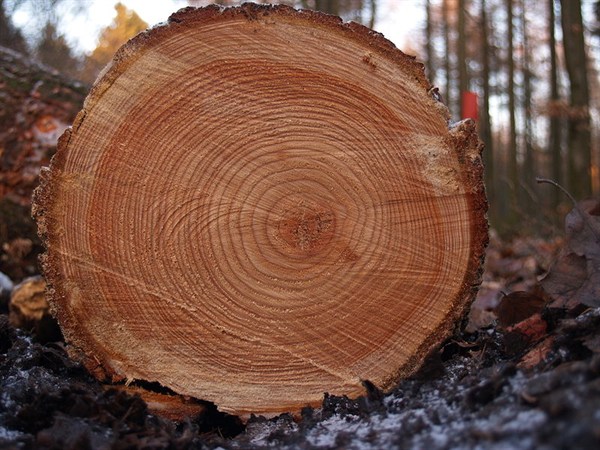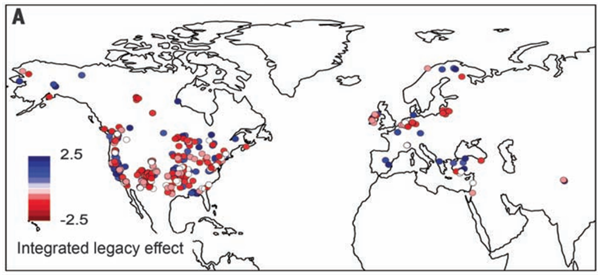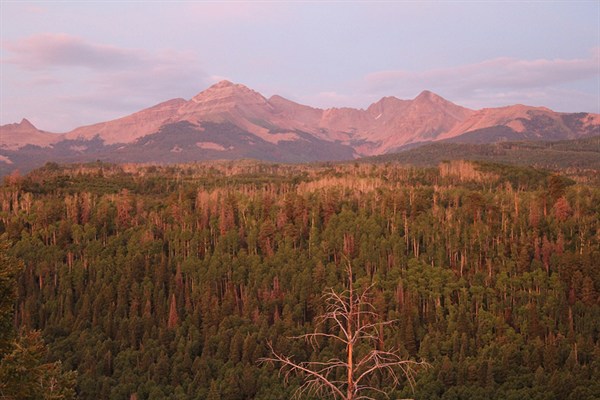
Drought stunts tree growth for four years, study says
Robert McSweeney
07.30.15Trees could take up to four years to return to normal growth rates in the aftermath of a severe drought, a new study finds.
With the frequency and severity of droughts likely to increase with climate change, we might not be able to rely on forests to absorb as much of our carbon emissions, the researchers say.
Drought stress
Forests hold almost half of the carbon found on the Earth’s surface, storing it in their woody trunks and branches. Studies show that forests are sensitive to droughts, causing tress stress and limiting how much they can grow and store carbon.
During the European heatwave in 2003, for example, tree and plant growth fell by 30%. That meant the land surface in Europe actually produced more carbon dioxide than it absorbed that year.
The new study, published in Science, suggests that it takes longer for trees to recover after a severe drought than previously thought.
Tree rings
Using data from the International Tree Ring Data Bank, researchers analysed tree growth at over 1,300 sites across the northern hemisphere countries. The sites are predominantly in North America and Europe, and oak and pine trees make up the majority of the species the researchers considered.
Tree rings provide a handy estimate of how quickly a tree has grown. As a tree grows, it puts on extra layers of wood around its trunk, creating a new ring each year. The quicker a tree grows, the bigger the gap between tree rings from one year to the next.

Tree rings. Creative Commons 2.5: Arnoldius.
The researchers selected tree ring records that covered at least 25 years between 1948 and 2008. They measured tree growth under normal conditions and during periods following a severe drought, and calculated an index that indicates whether growth has sped up or slowed down. This is known as the drought’s “legacy” effect. A positive legacy means growth increased, while a negative one means it slowed down.
The results show that tree growth took as long as four years to return to normal after a drought. Growth was, on average, 9% slower than expected during the first year of recovery, and 5% slower in the second year.
Slower growth means the trees are absorbing and storing less carbon dioxide from the atmosphere, the researchers say.
Drought legacy effects
The map below shows how the drought legacy effect varies across the northern hemisphere. Red dots identify sites where tree growth stayed low after a drought; the more severe the effect, the darker the red.
The researchers found the most severe effects in southwestern and midwestern US, although this is where most of the data were collected from. They also found that pine trees typically had longer negative drought legacies.

Drought legacy effects on northern hemisphere trees (this is calculated as an index, which doesn’t have units). Red dots show sites where trees growth slowed after a drought, and blue dots show where it increased. Source: Anderegg et al. (2015).
Some trees showed positive after-effects of droughts – in parts of California and the Mediterranean region, for example (blue dots in the map above). It’s hard to know exactly these benefits without more data, says Anderegg:
Delayed recovery
Why is growth slower even after the drought has ended? Lead author Dr William Anderegg, a researcher at Princeton University in the US, says he and his colleagues don’t yet fully understand why the recovery takes so long, but it’s likely to be because of damage caused to the trees during the drought. He explained to Carbon Brief:
Leaves lost during a drought may impair growth afterwards, the paper says, and trees may also be left more vulnerable to pests and diseases.
These impacts have implications for how well trees might cope with extreme weather in the future, Anderegg says:
Current carbon cycle models assume that trees bounce back as soon as a drought ends. But if trees recovering from droughts take up less carbon, these models could be overestimating how much of a “carbon sink” forests are, says Anderegg:
Tropical trees
There is an important caveat to the study, says Dr David Galbraith, a lecturer in earth system dynamics at the University of Leeds, who wasn’t involved in the study. He tells Carbon Brief:
Anderegg agrees this is an important gap in scientists’ knowledge:
Looking at growth isn’t the only way to assess how droughts affect trees, Galbraith says. Experiments in the Amazon rainforest suggest that higher numbers of tree deaths is a major factor in how droughts affect the carbon storage of forests, he says. So this could be another way to fill this knowledge gap.
Main image: Winter sun in Stonor Forest, England.
Anderegg, W.R.L. et al. (2015) Pervasive drought legacies in forest ecosystems and their implications for carbon cycle models, Science, doi:10.1126/science.aab1833
-
Trees could take up to four years to return to normal growth rates in the aftermath of a severe drought, a new study finds


